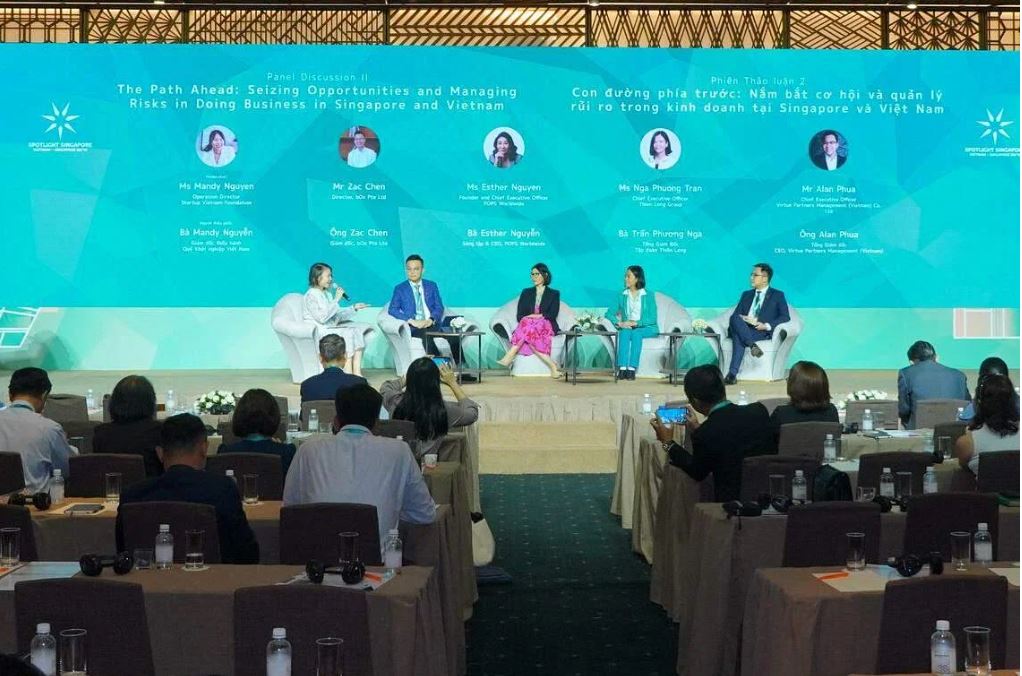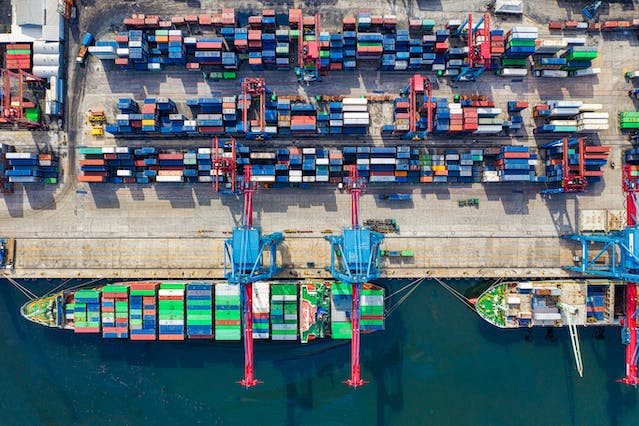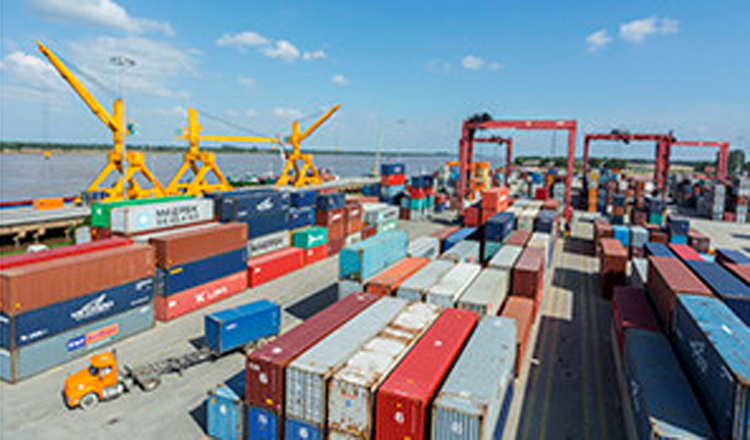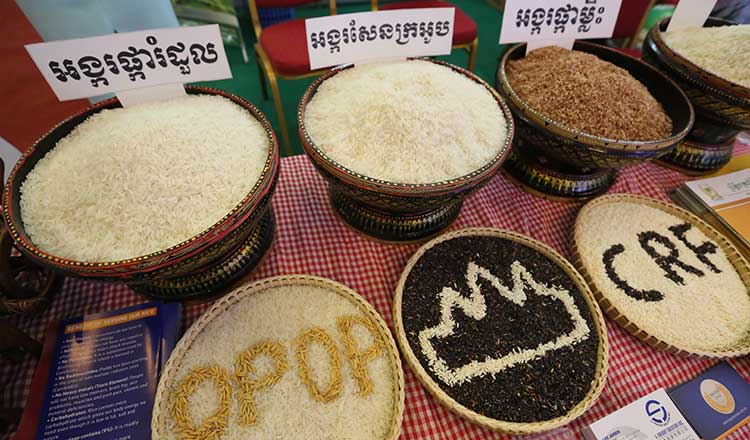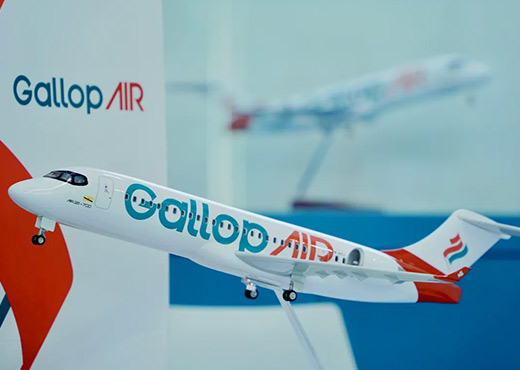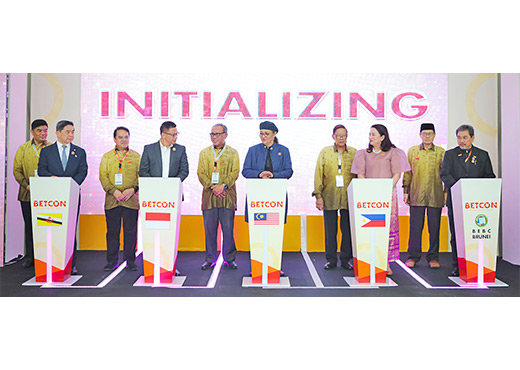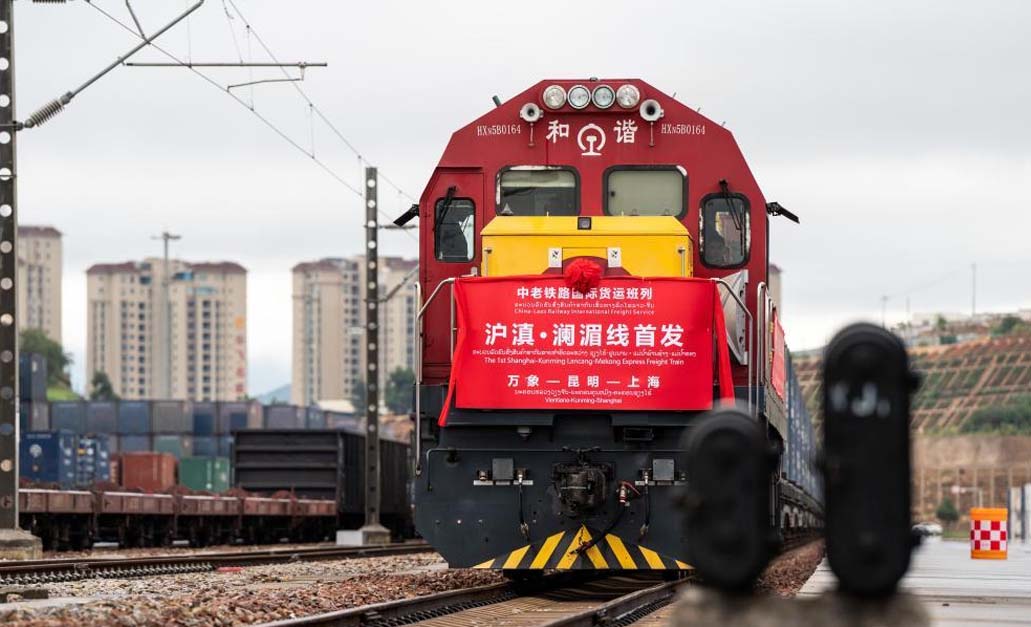IN VIETNAM, doing business may well begin, not in a boardroom but on tiny plastic stools and tables at one of the country’s street-side eateries over a bowl of pho.
That was one of the key takeaways for entrepreneur Christian Lee, who was among 120 Singapore delegates who took part in Spotlight Singapore’s recent trade mission to Hanoi and Ho Chi Minh City from Oct 19 to 25.
“In Singapore, we’re used to cutting to the chase and getting straight down to business,” said Lee, who is co-founder of audio solutions startup Cinewav.
“But in Vietnam, it’s okay to go at a slower pace; to build a relationship over a meal and not rush into things right away. This is something we’ll implement in our business strategy there, moving forward.”
Bridging the gap through arts and culture
For most businessmen, leveraging culture as a soft power tool to forge closer business ties across borders may not be the most intuitive.
Yet that is exactly the objective of cultural diplomacy platform Spotlight Singapore, which bears the tagline “Business with a Cultural Handshake”.
Organised by the Global Cultural Alliance and a brand of The Rice Company Limited (TRCL), the platform aims to foster mutual understanding and facilitate business exchanges between Singapore and leading economies. Vietnam was picked as this year’s destination to commemorate 50 years of diplomatic relations and a decade of strategic partnerships between the two countries.
“Other business mission trips tend to be one-dimensional, but this one was very holistic,” said Daniel Ho, managing director of business consultancy Strategic Creative Consulting.
He had joined SSVietnam to study the attractiveness of Vietnam as a market.
“We were given many opportunities to gain a better appreciation of Vietnam’s culture, people and lifestyles – and that really set the foundation for doing business there,” he added.
SSVietnam got off with a musical fiesta: delegates were treated to a dazzling medley of 11 orchestral works – of which nine were original compositions – at the Vietnam National Academy of Music in Hanoi. These pieces were performed by Vietnam’s Sun Symphony Orchestra and guest musicians from Singapore.
Over the week, delegates also visited key cultural and historical sites such as the National Assembly Building of Vietnam, Independence Palace, and Ho Chi Minh City Museum of Fine Arts, on top of attending a traditional lotus water puppet theatre show.
“The North, with its historical roots, often incorporates elements that resonate with its past, while the South, being more cosmopolitan, tends to have a modern touch to its content,” he said, adding that these new-found observations will allow Vicinity to better tailor its video content to cater to regional preferences.
For Liu Fook Thim, chief executive of learning and development solutions provider Professional Supremacy Corporation, a highlight of SSVietnam was touring the first Vietnam-Singapore Industrial Park (VSIP) in the Binh Duong province.
During the trip, Liu learnt that the park had a training centre for frontline staff – but not one for middle management. He thus took the chance to pitch to the VSIP Group the possibility of launching a training programme targeted at middle managers.
“I saw that VSIP could be a prospective target for what we offer, as they have so many manufacturing entities. We could help them take their training arm to the next level,” said Liu, who will be heading back to Vietnam this month for further discussions.
Meanwhile, business opportunities lay closer to home for Terance Choy, founder of brand activation agency Fingertips 365, than he had initially imagined.
The time spent interacting with the other Singapore delegates – during visits to cultural sites, for instance – allowed him to learn more about his peers and their businesses in an organic and informal manner.
“I was able to gain a deeper understanding of their industries, and see how Fingertips could potentially come in to offer solutions to certain pain points they were facing,” said Choy.
He is currently in talks with some peers from the trip to explore collaborations in customised gifting, merchandising and visual and experiential marketing.
Forging new business connections
Industry veterans took to the stage during panel discussions and plenary sessions to share on topics such as the prospects and challenges of doing business in both Vietnam and Singapore, as well as how to set up a corporate entity in these markets. There were also breakout fireside chats for delegates to join.
A common thread across speakers was the need for Singapore entrepreneurs to be sensitive to cultural differences and to spend time building relationships with Vietnamese counterparts.
Amy Wee, the Singapore Business Federation’s country head in Vietnam, urged Singapore companies to enter the market with “an open and honest” mindset.
“The Vietnamese love to work with people whom they trust, whom they can consider as a friend,” she said, during a panel on the business outlook for startups and small and medium-size enterprises in Vietnam and Singapore.
“Stop selling what you’re trying to sell, and start the friendship rolling first – not by virtual or phone calls, but by being present. Try to sit on small little stools out there and drink tea, get some bun cha.”
For Cinewav’s Lee, who has a number of engagements with Vietnamese partners lined up this month, such advice could not have come at a better time.
“There’s a definite theme on building business relationships through cultural awareness first. So we’ll be taking a more measured approach when meeting our partners, as opposed to just going, ‘okay, let’s do a deal’. ”
Source: The Business Times. Link: Here.

